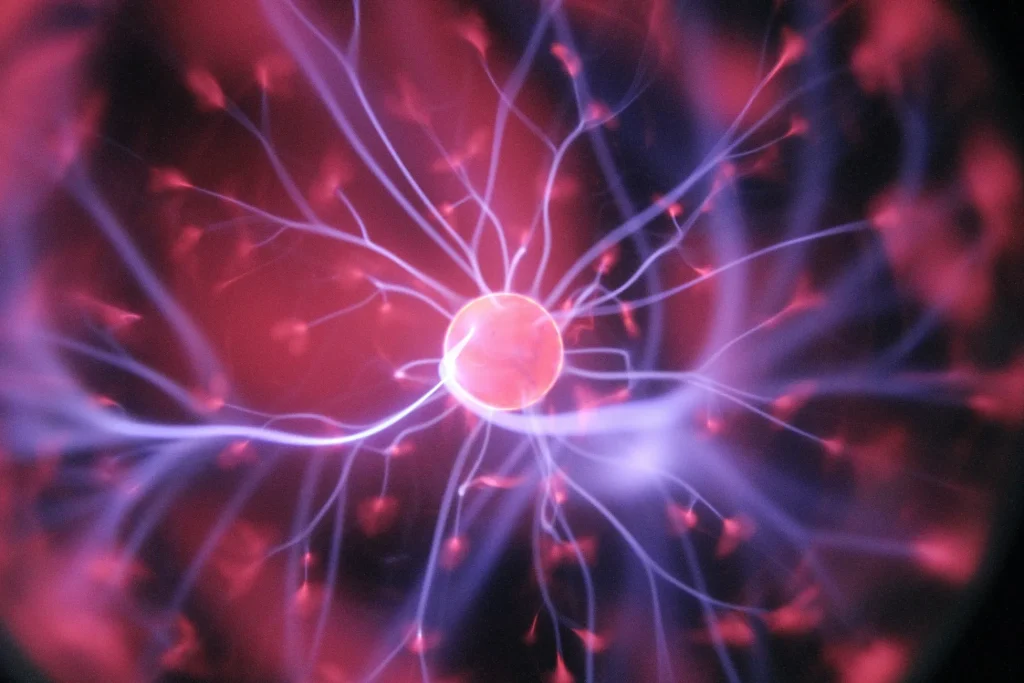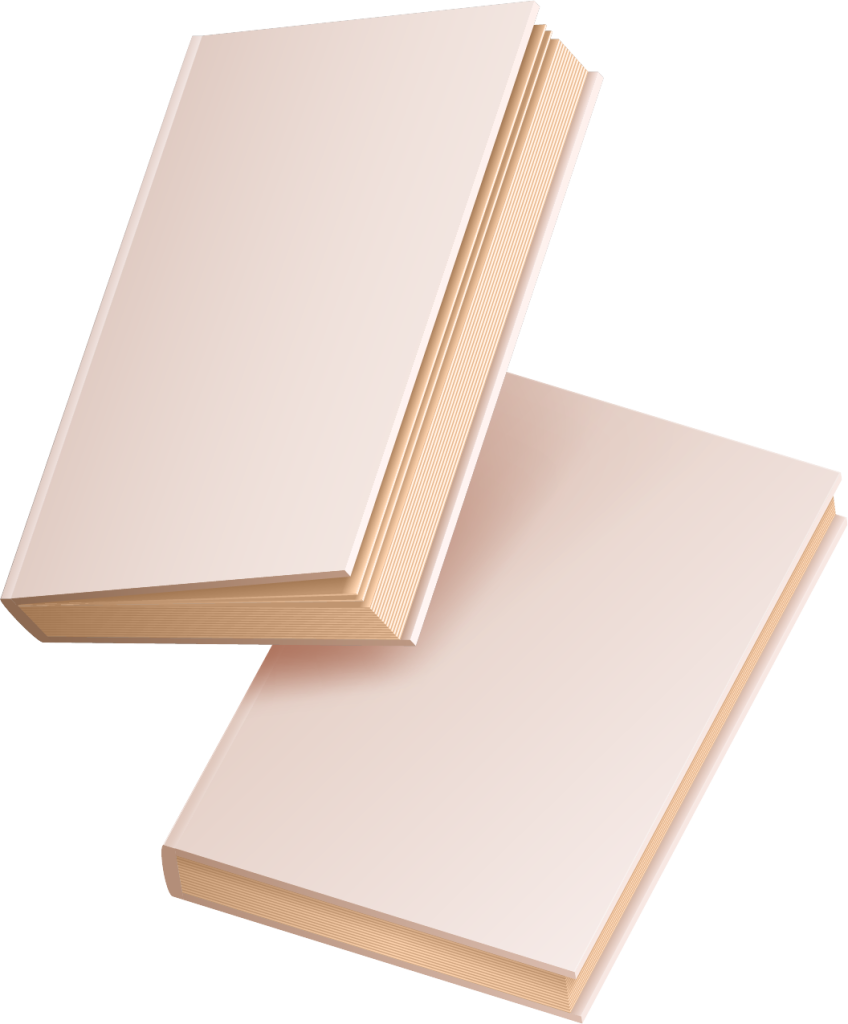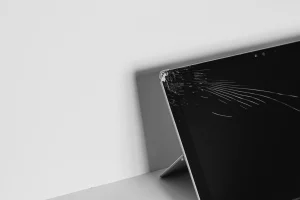The next decade will undoubtedly be dominated by the large-scale trends we have long anticipated. Driverless cars, passenger drones and the rise of the robots all represent developments that are impossible to miss and will be defining for our era. However, while it’s easy to be dazzled by large-scale trends, it is equally undeniable that some of the most exciting breakthroughs that will shape the coming decade will occur at a much, much smaller scale… in fact, they will be microscopic.
Defined as the branch of technology that deals with the manipulation of individual atoms and molecules, nanotechnology has long been a source of fascination for scientists and futurists alike. It is estimated that currently 3-4 new nanotech products are hitting the market every week and they’re having a significant impact on product design and functionality. Some commentators have gone as far as suggesting that nanotechnology could equal and even exceed the digital revolution in terms of technology breakthroughs, investment and societal importance.[1]
It is in the field of medical treatments where applications of nanotechnology hold perhaps the most significant and unique potential. In exciting news for sufferers of celiac disease, researchers at Northwestern University have developed nanoparticles which can be injected into the blood stream that prevent an allergic reaction to gluten – reducing symptoms by up to 90%.[2]
Even more astonishingly, scientists are making enormous gains in the development of nanoparticles that detect cancer cells in blood.[3] Sometimes referred to as ‘Smart Dust’, these microscopic agents that can organise themselves inside the human body to perform a wide range of functions.
The applications of Smart Dust are almost unfathomable. Imagine swarms of these nano-devices, called motes, attacking cancerous growths or bringing pain relief to a wound. In the coming years, Smart Dust will enable doctors to essentially get inside your body without traditional surgical procedures at all.[4]
One especially promising 2020 study by scientists at Saudi Arabia’s King Abdullah University of Science and Technology trialled implantable nanobots designed to track, target, and deliver anticancer drugs to tumor cells.[5]
A Cornell University research team also made significant in-roads in 2020 with the development of nanobots that can be built at a rate of 1 million per week and can navigate around the body by laser. Cornell physicist Itai Cohen believes this could be the future of precision surgery. “You could imagine having these as little microsurgery devices. You inject these robots in, they locally track down either bacteria or maybe a tumor cell and then they go snip it up and destroy it.”[6]
In an exciting development for non-surgical applications of nanotechnology, Israeli company Nanomedic announced in 2021 the development of a new technique for treating burns and wounds. Nanomedic’s revolutionary Spincare device creates a breathable nano-fibre skin substitute that can be applied without touching the patient. The device is proving highly effective for facial wounds and with diabetics who suffer from frequent foot sores.[7]
The conditions of our current world give these scientific breakthroughs particular significance. With an aging population in most Western countries and an increasing diversification of diseases across the globe, technologies like this could not come at a better time. COVID-19 only accelerated these trends, bringing new attention to the necessity of medical innovation that can match the needs of world that grows more and more complex and connected by the day.
Looking more broadly than the medical arena, nanotechnology is seeing some amazing applications in the design and functionality of everyday objects.
For instance, nanotechnology is already allowing tennis balls to last longer, wounds to heal more quickly due to bandages infused with silver nanoparticles, and specially-designed socks that actively fight odour and regulate temperature.[8] We’re also seeing metals with memory that alter their original shape as well as ceramics and crystals that turn pressure into energy. Researchers have also recently developed an elastic-like yarn made up of nanotube coils that weave together to create a wearable electricity-generating fabric called ‘twistron’.[9]
Recent developments with the well-known nanomaterial graphene hold similarly exciting promise. Graphene has long been lauded for its strength (it is 100 times tougher than steel), but it’s the material’s properties as an electrical transistor that have researchers especially excited. In February 2021, scientists at the University of Sussex released research showing that incorporating graphene strips in microchips has the potential to make the processing speed of smartphones and computers thousands of times faster.[10]
Researchers at the Indian Institute of Technology, Madras, have developed a nano-particle-based filtering technology that can provide clean water for a family of five at a cost of $16 per year. Nano-filters may also soon be able to desalinate sea water.[11]
Scientists at the Hong Kong Polytechnic University have even developed nano-thin particles of titanium dioxide fabric which will use natural or ultraviolet light to self-clean clothes without the need for detergents and automaker Nissan has invented a new nanotech-powered paint that enables a self-cleaning car. Looking to the future, engineers are even working on nanotech adhesives inspired by geckos which will allow us to scale buildings.[12]
Over 1000 products in the market today contain nanotechnology including sports equipment, computers, textiles, pharmaceuticals and cars. By the early 2030’s, the global market of products that contain nanotechnology will be over $1.5 trillion according to James Canton. One of the technology’s chief advantages is the ability to create materials that have properties never before seen in nature.[13]
Whether in the realm of engineering, product design or healthcare, advances in nanotechnology represent an exciting new frontier for innovation. While the large-scale trends are impossible to ignore, the developments occurring at the microscopic level will take us equally as far into the future, empowering our health, recreation and physical world to an unprecedented extent. Leaders, businesspeople and the public would do well to watch the trends unfolding in the realm of nanotechnology and can anticipate some of our society’s greatest strides to take place on some of the smallest of scales.
_______________________________________________________________________________________
Michael McQueen is a trends forecaster, business strategist and award-winning conference speaker.
He features regularly as a commentator on TV and radio and is a bestselling author of 9 books. His most recent book The New Now examines the 10 trends that will dominate a post-COVID world and how to prepare for them now.
To see Michael speaking live, click here.
For more information on Michael’s keynote speaking topics, michaelmcqueen.net/programs.
________________________________________________________________________________________
[1] GAO (Government Accountability Office) (2014) Forum on Nanomanufacturing. Report to Congress, GAO-14-181SP.
[2] Houser, K. 2019, ‘Nanoparticle Tech Reduces Celiac Disease Symptoms By 90%’, Futurism, 23 October.
[3] Liu, J. 2014, ‘New Cancer-Hunting ‘Nano-Robots’ To Seek And Destroy Tumours’, The Conversation, 27 August.
[4] Medix. 2015, ‘Top 10 Implantable Wearables Soon To Be In Your Body’, WTVOX, 27 October
[5] Robitski, D. 2020, ‘These scientists say nanobots could kill individual cancer cells’, Futurism, 20 May.
[6] Robitski, D. 2020, ‘This Robot Is So Tiny You Could Fit Ten Of Them On A Single Period’, Futurism, 30 september.
[7] Magloff, L. 2021, ‘Medical ‘gun’ spins protective nanofibres for wound cover’, Springwise, 7 January.
[8] Coldewey, D. 2017, ‘Carbon Nanotube ‘Twistron’ Yarn Generates Electricity When Stretched’, TechCrunch, 24 August.
[9] Ibid
[10] Leprince-Ringuet, D. 2021, ‘Tiny graphene microchips could make your phones and laptops thousands of times faster, say scientists’, ZD Net, 15 February.
[11] Canton, J. 2015, Future Smart, Da Capo Press, Philadelphia, pp. 156, 160.
[12] 2015, ‘2020 Technology Landscape’, Citrix Technology Office, April.
[13] Canton, J. 2015, Future Smart, Da Capo Press, Philadelphia, pp. 156, 160.










